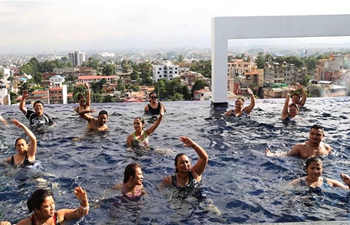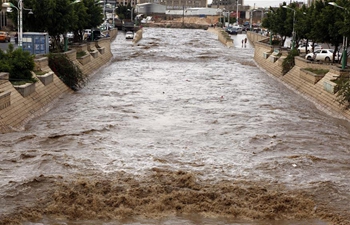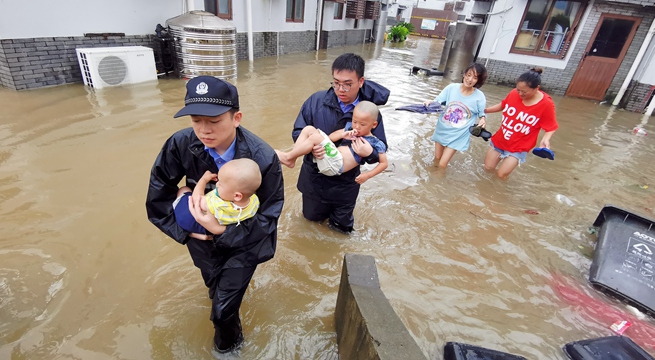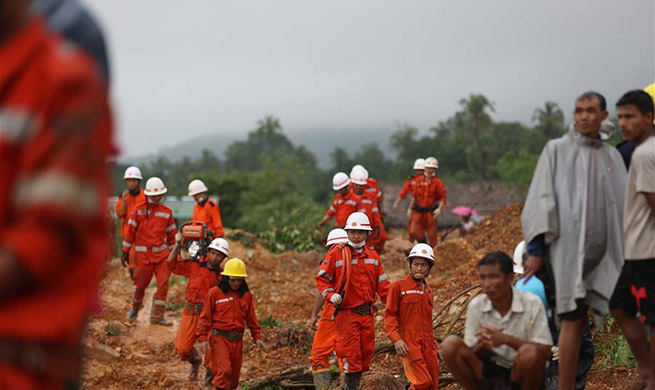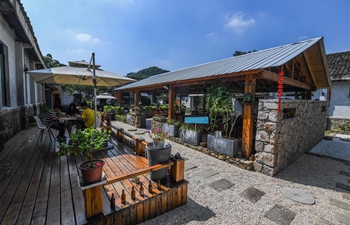by Raul Menchaca
HAVANA, Aug. 10 (Xinhua) -- Cuba's renowned sea resort Varadero, located some 140 km east of Havana, is undergoing its biggest sand replenishment operation to combat erosion.
Over 1.5 million cubic meters of sand are being laid on the beautiful beach, which extends for more than 22 km on the long and narrow Hicacos Peninsula.
From August to October, the first phase of the operation is planned to be carried out in Varadero's six major sections.
The sand replenishment "is done with the same sand that is accumulated at some points of the basin. We bring that sand to the eroded zones," director of environment management Yasiel Martinez said.
A study on sand compatibility was earlier conducted by specialists with Gamma Investments SA, a company under the Ministry of Science, Technology and Environment.
When hurricane Irma hit the Caribbean island country in September 2017, specialists monitored the evolution of Varadero and assessed its state.
Their study report revealed that successive beach nourishment works and continuous integrated management of the beach have proven effective, ensuring that Varadero has a volume of sand large enough to counter extreme weathers.
Moreover, the sand replenishment work at Varadero known also as "Blue Beach" facilitates the creation of sandbars, which causes waves to break long before reaching the coast and thus better protect the shoreline.
More than 80 percent of Cuban beaches have suffered coastline erosion that averages 1.2 meters per year, and is more serious than this level in some areas.
According to a government report last year, the sun area of Varadero is close to 950,000 square meters, which could receive nearly 95,000 visitors, complying with the international standard of 10 square meters for a swimmer. In the last three years, Varadero has received more than 1.5 million tourists each season.
Dr. Jose Luis Juanes with the Institute of Marine Sciences of Cuba said coastline erosion is closely associated with human activity.
Researchers from Cuba, the United States, France and Puerto Rico believe that the estimated rate of retreat of the coastline varied between 0.27 and 2.5 meters per year in the Caribbean.
"In 2050, that rate will be 0.29 meters, and 0.95 meters by 2100", Juanes said.

